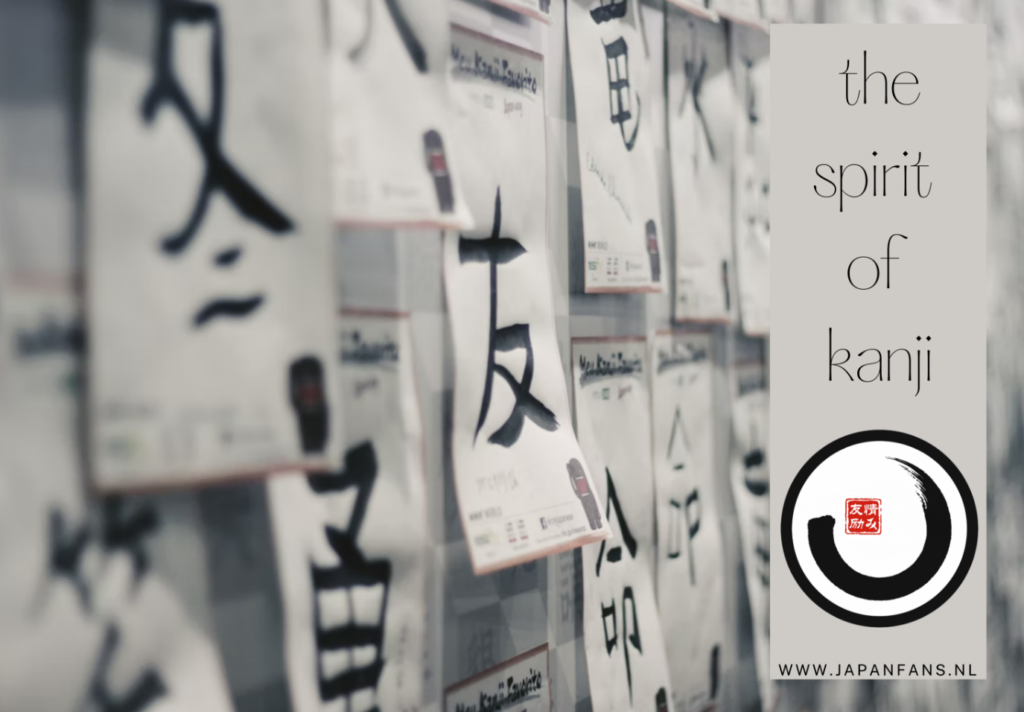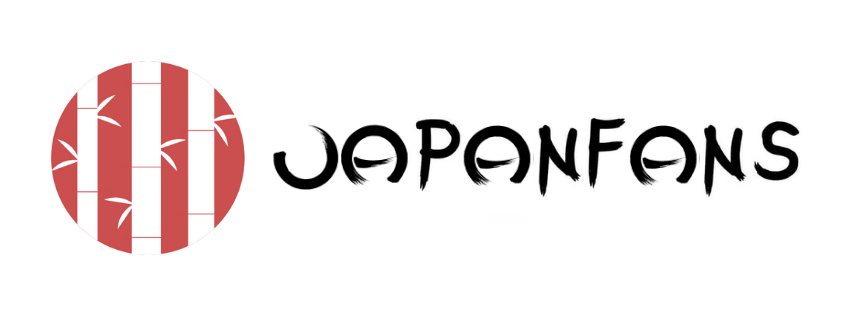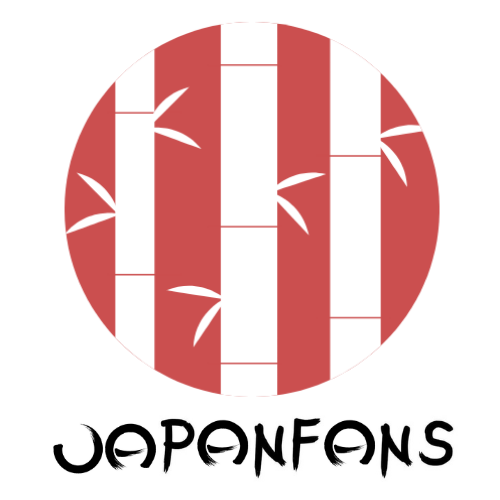While dreaming of our own Japanese Art & Culture Centre, the Japan Fans Utrecht have been working on a special project for over a year now – maybe you saw something passing by in our Facebook group?
It is really starting to take shape: The Spirit of Kanji – an artistic research into Utrecht inhabitants with Asian roots and a connection with kanji, in interviews and shodo (Japanese calligraphy).

The idea for this project arose during a cooking workshop in Neighbourhood House Rosa (Utrecht West). Some of the Japanese students were cooking together with two elderly Chinese ladies. They could not understand each other, everything was done with hands and feet. That went well, until someone wanted to communicate a slightly more abstract concept. After some desperate looks, one of the Japan Fans took a piece of paper and scribbled a kanji on it. Then the Chinese ladies understood immediately.
The Spirit of Kanji – interviews
For our project, we interview Utrechters of Asian descent about their experiences in the city of Dom. We will talk together – with hands, feet and kanji – about how they got to Utrecht, what they think about Utrecht and what makes them feel at home in the city. We will also ask them about their ‘favourites’, their favourite food, their favourite animal, an object that is dear to them and that they have taken with them or perhaps had to leave behind. An example of such an interview can be read here: “A bisexual Japanese at home in Utrecht“.

The Spirit of Kanji – shodo
From these conversations, we will choose a key word together. This word will then be transformed into a calligraphy, which the participants may keep. As a whole, the various calligraphic words form a collage, which paints a collective picture of an “Asian” life in Utrecht and can be read by all the participants.
The word “spirit” in the title “The Spirit of Kanji” is therefore not about spirituality per se, but about the connecting spirit of these originally Chinese characters. The characters and interviews provide a glimpse into the lives of Utrechters of Asian descent. What brought them here and how do they like Utrecht? By looking at the calligraphy in combination with the interviews, you get a unique insight into the various Asian cultures in Utrecht.
Publications & exhibitions
The separate interviews are carefully transcribed for academic research. What makes a Japanese person feel at home in Utrecht and is that different from someone from Taiwan? This has never been investigated before, which is why the results will be published in a scientific journal.
The original drawings are primarily intended as gifts for the participants themselves, a sign of solidarity. But from September onwards, we will also publish the shodo on this website, with quotes from the participants. We also want to make blueprints of the calligraphies, for a variety of exhibitions in the context of Utrecht 900, with the theme ‘city without walls’.
A blueprint has an association with the city, as building plans were traditionally often blueprints. In a figurative sense, a blueprint is a ‘plan of execution’, which integration also is. Finally, a blueprint is a way of multiplying and therefore of sharing.
This autumn, we will be exhibiting the artworks in various places in Utrecht. One of the places where we will exhibit is Buurthuis Rosa, because that is where it all started for this project! We are also in conversation with the Neude bieb. And hopefully, one day, we could organise Japanese exhibitions in our own Japanese Art & Culture Centre in Utrecht.
